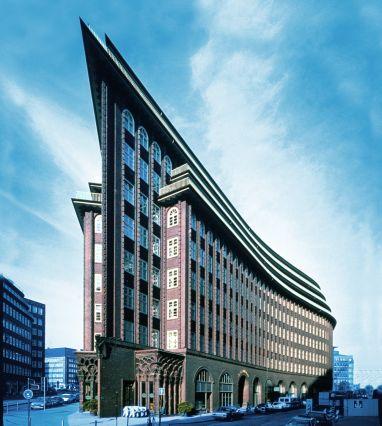HAMBURG, GERMANY

Hamburg on The Elbe River
http://www.germanywanderer.com/destinations/hamburg/hamburg-a-sea-port-on-the-elbe/attachment/hamburg-a-sea-port-on-the-elbe2/

Hamburg on The Elbe River
http://www.germanywanderer.com/destinations/hamburg/hamburg-a-sea-port-on-the-elbe/attachment/hamburg-a-sea-port-on-the-elbe2/
I chose to research Hamburg, Germany because it is the second smallest German state.
HAMBURG:
The population of Hamburg is over 1.8 million, it is the second largest city in Germany, and the 7th in the European Union. Hamburg is 291.5 square miles and almost three-hundred could fit into Minnesota. In the year 2010 the population of Minnesota was almost 5.5 million which in comparison to the size of Hamburg is significantly less. Hamburg is the second smallest German state after Bremen and is located in the north west corner of Germany with Lower-Saxony to the south and Schleswig-Holstein to the north. Hamburg is also located along the Elbe River which is extremely important for Hamburgs industry.
INDUSTRY:
Hamburg often get's called the gateway to the world because it's seaport is the third largest in all of Europe next to Antwerp and Rotterdam. The port is the ninth in the world with shipments of 9.8 million twenty-foot equivalent units of cargo (in 2007). Over 150,000 people live and work in Hamburgs port. Other important industries in Hamburg are steel, aluminum, and copper. In the year 2010, PPG Industries' aerospace business earned an Excellent Supplier Award in Gold from “Austrian aviation supplier FACC AG for 'consistent outstanding performance' providing coatings, sealants, aircraft maintenance chemicals, and packaging and application systems.” Hamburg also has the largest industry in newspaper and periodical publishing after Berlin. Roughly 130,000 people are employed in the media sector.
Clip: [Hamburg] Is seen as the digital industry pioneer and the German advertising world’s creative powerhouse with legion advertising and design agencies, film studios and media service providers. Publications from Hamburg account for almost 50 percent of the countrywide paid circulation of daily and weekly newspapers and consumer magazines. End Clip
ECONOMY:
Clip: The 2007 gross domestic product (GDP) totaled €88.9 billion. The city has the highest GDP in Germany – €50,000 per capita – and a relatively high employment rate, at 88 percent of the working-age population, employed in over 120,000 businesses. In 2007, the average income of employees was €30,937. End Clip.
TOURISM:
Tourists play a large role in Hamburgs economy. In the year 2007, Hamburg attracted almost four million visitors which is about half the amount of tourists attracted to Rome (almost seven million). Tourism also employes roughly 175,000 people and brings in a revenue of 9.3 billion Euros. Hamburg has one of the fastest growing tourism industries in Germany, the majority of visitors come from Germany. Tourist attractions include: Rathaus (city hall), Michel Church, Chilehaus (historic office building in the form of a ship), Speicherstadt (old warehouse district), and Reeperbahn (famed red light and nightclub district). Hamburg is also known as the capital of musical theater in Germany that offers more than forty theaters, sixty museums, and one-hundred music venues and clubs. Clip: In 2005, more than 18 million people visited concerts, exhibitions, theatres, cinemas, museums, and cultural events.
Chilehaus

Chilehaus

<http://www.conference-hotel.com/hotel_1087394498.htm> October 2011
HISTORY:
Clip: There is no firm evidence of settlement in Hamburg before the 4th century. Most city history´s use 810 as their starting point, when Karl the Great built a fortress called the Hammaburg, which was meant to serve as a focus point for Christian missionaries. [...]
In the 18th century, the economy of Hamburg continued to grow steadily and at the turn of the century, the population totaled 130,000. […]
In 1867, Hamburg joined the North German League and in 1888, it joined the German Customs League, both of which proved to be crucial events in its historical development: Hamburg became known as Germany´s Gateway to the world. By 1912, Hamburg's harbor was the third most important port in the world, after London and New York.
WORKS CITED
8. http://www.romanhomes.com/your_roman_vacation/pickpockets.htm
No comments:
Post a Comment